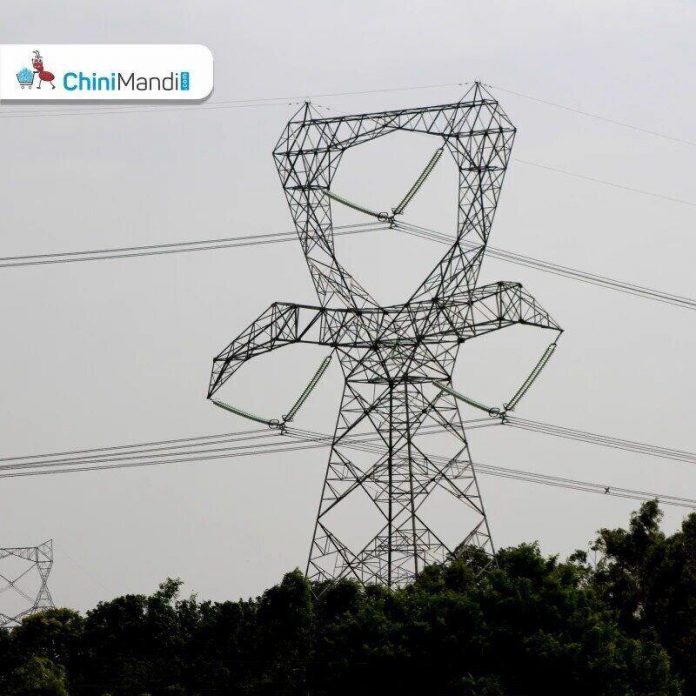New Delhi: India’s power sector is poised for robust growth in the fiscal year 2025, with expectations of a healthy demand surge at approximately 6.0 per cent, albeit moderating from the previous fiscal year.
The healthy demand growth continued in the first two months of FY25 at over 10 per cent supported by a favourable base. The report stands validated by the record maximum power demand of 250 GW on May 30, as announced by the Ministry of Power.
The report says, FY24 witnessed a significant upturn in electricity demand, marked by a 7.6 per cent increase on a year-on-year basis, fuelled by a resilient economic activity and weather-related loads.
The nationwide average thermal plant load factor (PLF) increased to 69.1 per cent in FY2024, up from 64.2 per cent in FY2023
The total power generation capacity addition improved to 25.4 GW in FY24, up from 16.9 GW in FY23, driven by enhancements in the renewable energy and thermal segments, as well as the commissioning of 1.4 GW of nuclear power capacity.
According to the government, the thermal generation segment played a pivotal role in meeting the escalating demand, reaching an all-time high of 176 GW during non-solar hours.
The growth trajectory extends to the renewable energy (RE) sector, which is anticipated to witness an increase in installed capacity, contributing to the overall power generation landscape.
Gross addition in installed power capacity is expected to soar to over 30 GW in FY25, with the RE segment leading the charge, following a commendable performance of 25 GW in FY24.
Tariff hikes approved for FY25 had been relatively modest, with an average increase of 2.5 per cent, lower than the 3.9 per cent approved for FY24. This subdued increase comes at a time when the subsidy dependence of distribution companies (Discoms) on state governments is projected to rise significantly.
It is estimated that this subsidy dependence will reach Rs 1.9 trillion in FY25, up from Rs 1.7 trillion in FY23. This increase is attributed to the rising cost of supply and the introduction of additional subsidy schemes in certain states.
Despite the positive outlook, challenges persist, notably in the distribution segment. Progress in the issuance of tariff orders for state distribution utilities (Discoms) remains sluggish, with only 11 out of 28 states having issued orders as of May 2024.
This delay is partly attributed to ongoing elections. Furthermore, average tariff hikes approved for FY2025 have been relatively muted, standing at 2.5 per cent, lower than the preceding fiscal year.
The coal import dynamics have also witnessed a shift, with imports by power utilities surging by 18.1 per cent YoY in FY24.
This reversal in trend was influenced by governmental directives to blend imported coal for domestic coal-based projects, reflecting evolving policy interventions aimed at optimizing resource utilization.
The sustainability of these achievements hinges on addressing structural inefficiencies, particularly in high-loss states such as Bihar, Jharkhand, Madhya Pradesh, Odisha, and Uttar Pradesh, where aggregate technical and commercial losses (AT&C) loss levels exceed 20 per cent.
Overall, the power sector’s ability to navigate challenges and capitalize on growth opportunities underscores the coordinated efforts of stakeholders, including government agencies, power generation companies, and grid operators.
Their steadfast commitment to enhancing generation capacity and implementing policy reforms remains pivotal in meeting the nation’s energy demands.
The Ministry of Power reiterated the significance of renewable energy sources, especially solar and wind, in augmenting the power supply during peak hours, highlighting the sector’s transition towards a sustainable and diversified energy ecosystem. (ANI)












